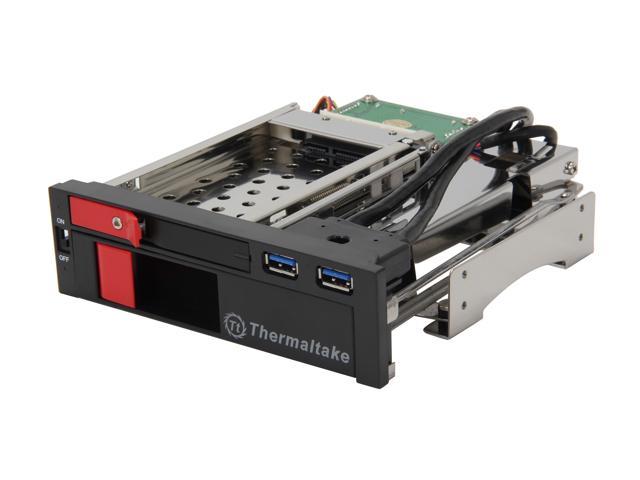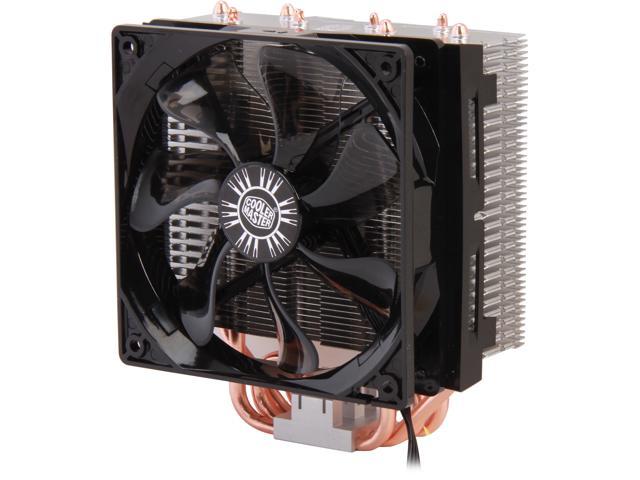Make 100% certain your video card can deliver to your BenQ2700PT.
Start here;
https://www.google.com/search?q=Adobe+RGB&ie=utf-8&oe=utf-8#safe=off&q=Adobe+RGB+video+card
Use an M.2 drive for your OS and applications.
If possible, use a second M.2 for your regular use files.
Back up to SSD or HDD.
Pack the motherboard with the maximum memory it will take.
Here's a handy thing if your case has optical drive bays, it slides right in, allows hot swapping bare 2.5" & 3.5" drives, SSD or HDD, slick for backups.
https://www.newegg.com/Product/Product.aspx?Item=N82E16817998185
I build fresh every six years or so, in between I fall out of touch with the current art.
Here's a simplified, basic outline, I'm sure to overlook something;
1) Determine your intended use.
You know this one, it's photo editing.
2) That means you'll need a monitor capable of aRGB.
You've got that already, BenQ2700PT
3) You need a graphics card appropriate for that monitor.
It might be that there are motherboards with this built in to onboard graphics by now. If I was building right now, I'd find out. Start with the google linky thing above.
4) Pick a chipset. This is one of the more tedious steps. There's AMD and Intel. AMD survives for good reason just as Intel thrives for good reason.
Pick from the current generation. Consult both manufacturer's 'road maps'. If it looks like something highly intriguing will be released soon, wait for it. If that release is a year away, don't wait.
5) Pick a processor compatible with that chipset. Faster is better, I'm pretty sure all adjust speed automatically now, idle very low when not pushed to save power and extend life.
6) Pick a motherboard with that chipset, compare features between several motherboard manufacturers.
My last couple of builds have been on ASUS motherboards. Knowing that I now lean towards ASUS, I look at everyone else's offerings first, then kick myself for spending all that time. I expect to spend and kick again at my next build.
7) I mentioned maxing the memory above, consult and compare both processor and motherboard manufacturer's compatibility lists. It's a tedious exercise, maybe not even essential, but I've been blocked by incompatibility in the past, once only.
8) Minimum of one drive for your OS and programs, another for your regularly used files.
M.2 drives are THE THING today, for sure use one for your boot/OS/Programs drive.
Some motherboards have slots for an M.2 drive, I'd find out if any motherboards can slot in two of them.
M.2 drives can also connect into a PCI-e slot if mounted on a card to do so.
Best I know, there's no performance difference between an M.2 mounted direct or through a PCI-e slot, except for using up a PCI-e slot. Does your chosen motherboard have enough PCI-e slots for your needs?
I use 256 GB drives for my dailies, 1 TB drives for back ups. A valid case for larger drives can easily be made and I'll not argue, few would make a case for smaller.
9) Case, count the bays, ask your spouse if it'll be allowed in the home.
10) Power supply; the better ones have power use calculators on their websites, by now you know what components you'll be using, plug them into the calculator(s), add some overkill for whatnots you may add or upgrade in the future.
11) Processor cooler. Tough topic. Figure the stock cooler to be for demonstration purposes only, not suitable if you press the system much at all.
I used one like this, about 1 1/2 steps up from stock;
https://www.newegg.com/Product/Product.aspx?Item=N82E16835103182&cm_re=hyper_t4-_-35-103-182-_-Product
I read lots of reviews and form discussions on the topic, I expected this cooler to be merely adequate but not outstanding.
I read many threads where posters waxed ecstatic about their water coolers allowing this processor to clock up from stock at 3.5 GHz to 4.3 Ghz.
Messing with overclocking is beyond my pay grade, also beyond my interest level. I've never done it, I have memories of a buddy who always did and was continually replacing processors.
All that said, ASUS motherboards now include a utility that tweaks fan, memory and processor speeds in gradual increments, effectively stress testing the system until it blue screens. When the system reboots from that blue screen, all clockings are set just below that threshold.
Of course I couldn't resist this simple task, point and click being well within my skill set.
The result with this cooler I expected only mediocrity from, the overclock went from 3.5 GHz to 4.3 Ghz, same as forum posters got with liquid cooling.
Disclaimer time, none of this cooling info may be currently applicable as different processor/chipset generations have very different thermal characteristics.
Oh, from others' tests, configure the processor fan to pull rather than push, it's slightly more efficient that way.
12) Case fans, yes.
13) Whatever I've forgotten or overlooked.
14) Build it yourself. Assembling the hardware is screwdriver and needle nose pliers simple. Well, and good light, maybe a magnifier.
Cable routing is important for cooling, there's also aesthetic pride looking at, maybe showing off your tidy job.
15) Installing the OS might be the most intimidating thing about a first time build. There are plenty tutorials available that explain the various options, or, just take your time, follow the prompts but never accept default settings without clicking in to look at the options. Microsoft has made Windows installation fairly easy, even most Linux distros have been easy to install for many years now.
With separate disks, you should have no need to partition them, so that's a worry that isn't.
p.s. I just read through the specs on the BenQ SW2700PT, I'm impressed. Had it been on the market at my most recent build I would certainly have considered it. It looks to cover all the bases this NEC does with several additional innovations all at less than half the price.



